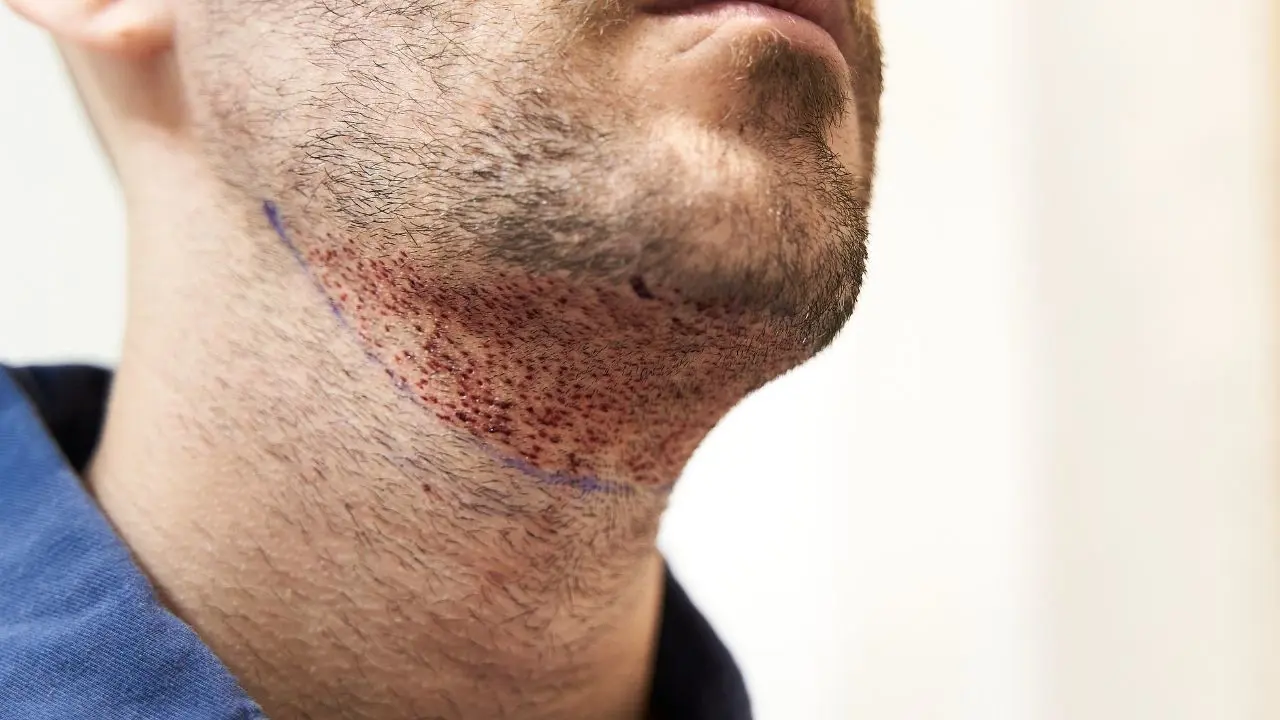
Beard transplantation, a cosmetic surgical procedure gaining popularity among men, provides an effective solution for those facing challenges with sparse or uneven facial hair growth. This procedure, also known as facial hair transplant, involves the transplantation of hair follicles from one area of the body to the beard region, creating a fuller and more aesthetically pleasing beard. Here's a comprehensive guide to beard transplantation, covering its procedure, benefits, and aftercare.
What are the Stages of Beard Transplantation?
Consultation: The journey begins with a consultation with a qualified cosmetic surgeon. During this session, the surgeon assesses the patient's facial features, hair growth patterns, and discusses realistic expectations.
Donor Area Selection: Hair follicles are typically harvested from the back of the scalp, an area genetically resistant to hair loss. These follicles are chosen for their compatibility with facial hair.
Local Anesthesia: The procedure involves local anesthesia to numb both the donor and recipient areas, ensuring the patient's comfort throughout.
Extraction: Hair follicles are extracted individually using a micro-punch tool, minimizing scarring and preserving the natural appearance of the donor area.
Recipient Site Preparation: Small incisions are made in the beard area to accommodate the transplanted follicles. The surgeon considers the natural growth angle and direction for a seamless integration.
Transplantation: Extracted hair follicles are meticulously implanted into the prepared incisions, ensuring a natural and harmonious beard growth pattern.
Post-Procedure Care: Patients receive instructions for post-transplant care, including avoiding strenuous activities, protecting the beard area, and following prescribed medications.
Beard Transplantation Benefits
- Natural Appearance: Beard transplantation provides a natural-looking beard, as the transplanted hair matches the existing facial hair in texture, color, and growth direction.
- Customization: Surgeons work closely with patients to create a beard shape that complements their facial features, allowing for a personalized and aesthetically pleasing outcome.
- Permanent Solution: The transplanted hair follicles, resistant to typical male pattern baldness, offer a long-term and permanent solution for beard enhancement.
- Boost in Confidence: Achieving a fuller and well-defined beard often results in increased self-esteem and confidence, positively impacting the patient's overall appearance.
Beard Transplantation Aftercare
- Avoid Touching: Patients are advised to refrain from touching or scratching the transplanted area to prevent infection and disruption of the healing process.
- Gentle Cleaning: Following the surgeon's instructions, patients should clean the beard area gently to keep it free from debris and promote proper healing.
- Medication Compliance: Any prescribed medications, such as antibiotics or anti-inflammatory drugs, should be taken as directed to prevent infection and reduce swelling.
- Follow-Up Appointments: Scheduled follow-up appointments with the surgeon allow for monitoring of the healing process and addressing any concerns or questions the patient may have.
In conclusion, beard transplantation offers men a transformative solution for achieving the facial hair they desire. With advancements in cosmetic surgery techniques, individuals can confidently explore this option under the guidance of skilled surgeons, enhancing both their appearance and self-assurance.
